Reviewed by Corey Noles
You're running Apple's China operations, and your latest quarterly report shows foreign-branded phone sales plummeting 31.3% in June 2024 alone. Sound like a nightmare? For companies like Apple and Samsung, it's becoming reality. This dramatic June decline represents just one data point in a cascading series of losses—foreign smartphone shipments to China crashed 47.4% to just 3.04 million units in November 2024, down from 5.769 million the year prior. Meanwhile, Apple's market share dropped to 15% in 2024 after hitting a peak of 17% in 2023. The consumer sentiment driving these numbers? Chinese consumers report a striking 64% willingness to boycott foreign brands—up 21 percentage points since China's reopening.
Why Chinese consumers are turning away from foreign brands
The numbers tell a stark story about shifting consumer loyalties. Morning Consult research shows that 43% of Chinese consumers have actively boycotted foreign brands, with younger consumers leading the charge at 47%. Urban residents are even more likely to participate (44% versus 37% for non-urban consumers)—a critical insight for foreign brands since urban markets typically drive premium smartphone demand and early technology adoption patterns.
But here's the kicker—this isn't just about nationalism. It's about having genuine alternatives that didn't exist five years ago. Huawei's remarkable comeback exemplifies this shift perfectly. The company reclaimed the top spot after 13 quarters, shipping 11.7 million smartphones and capturing 17% market share in Q1 2024. That represents explosive 70% growth while Apple suffered a devastating 25% decline. The breakthrough moment? Huawei achieved this using locally-developed semiconductors, proving Chinese tech companies can compete without relying on Western suppliers.
While Huawei's success shows what domestic comeback looks like, Samsung's complete retreat demonstrates the stakes when consumer sentiment turns permanent. The Korean giant's market share collapsed to less than 1% before it shuttered its last smartphone factory in China entirely in 2019. When consumers have compelling domestic alternatives, foreign brands can't rely on past dominance to maintain position.
Apple's desperate price-cutting strategy reveals the pressure
Here's where things get really interesting: Apple, the company famous for premium positioning, is slashing iPhone costs like a discount retailer. Chinese e-commerce platforms now offer discounts of up to 2,530 yuan ($351) on iPhone 16 models. The iPhone 16 Pro with 128GB dropped from 7,999 yuan to just 5,469 yuan on JD.com—that's a 32% price cut.
The strategy worked, but at tremendous cost to Apple's brand positioning. However, Apple actually declined 1.3% year-over-year in Q2 2025 to 9.6 million units despite massive discounting, marking the company's eighth straight quarter of decline. While this represented a smaller drop compared to the 9% decline in Q1 2025, it underscores how even aggressive pricing can't reverse underlying market dynamics. Counterpoint analysts warn that any temporary gains from pricing "may not persist into the second half of the year."
Apple's pricing desperation becomes even clearer when you consider the government subsidy angle. China's smartphone subsidy program offers up to 500 yuan for devices under 6,000 yuan. Historically, iPhones were priced above this threshold, but aggressive discounting now brings certain iPhone 16 models under the limit, making them eligible for additional government incentives that compound the savings.
The broader economic forces at play
This isn't happening in isolation—it's part of a perfect storm hitting foreign brands across China, amplified by broader economic headwinds that have dampened consumer confidence. IDC data shows China's smartphone market contracted in Q2 2025 after six straight quarters of growth, with shipments declining 4.0% year-over-year to 69 million units. As IDC's Arthur Guo notes, "The broader economic environment presents ongoing challenges, with consumer confidence remaining subdued."
The monthly trends reveal an acceleration pattern that compounds the challenge for foreign brands. Foreign-branded phone shipments dropped 49.6% year-over-year in March 2025, falling to just 1.887 million units. May saw a "recovery" to a 9.7% decline—which still represents millions of lost sales for companies like Apple and Samsung. These aren't typical seasonal fluctuations; they're indicative of structural shifts in purchasing behavior that suggest foreign brands face systematic disadvantages rather than cyclical challenges.
The scale of this transformation becomes clear when you examine Apple's historical performance trajectory. Apple's 17% fall in China shipments for 2024 was its worst performance ever. This in a market that generates $73 billion for Apple annually and accounts for about 19% of its total revenue as of 2023.
What this means for the global smartphone landscape
The China crisis forces a fundamental question: Can foreign smartphone brands survive losing the world's largest market? Apple's suppliers, including Foxconn, have invested $16 billion since 2018 on production capabilities outside China, with India now assembling $14 billion worth of iPhones annually—14% of global production.
But manufacturing diversification doesn't solve the market access problem. China represents such a massive opportunity that losing ground there impacts global competitiveness. When Xiaomi ships 13.3 million units in Q1 2025 alone—up 40% year-over-year—it builds scale advantages that help the brand compete globally against foreign rivals operating with reduced volumes.
Beyond manufacturing advantages, Chinese brands are also driving technology adoption curves that will influence global standards. The AI smartphone revolution adds another competitive wrinkle. AI-capable smartphones now account for 22% of China's shipments as of 2024, with rapid growth expected. If Chinese brands dominate this transition domestically, they'll have significant advantages when these features become standard globally.
Can foreign brands stage a comeback?
The data suggests foreign brands face an uphill battle, but it's not impossible. Apple's pricing experiments prove aggressive discounting can slow decline rates, even if it can't reverse them entirely. The question is whether companies can find sustainable strategies that don't sacrifice the premium positioning that made them valuable in the first place.
Morning Consult research offers some hope: 73% of Chinese consumers said they'd be likely to forgive an offending brand that made a statement supporting China, while 68% would forgive companies making donations to Chinese humanitarian organizations. This suggests relationship repair remains possible for brands willing to make genuine gestures of commitment to the Chinese market.
The bigger challenge may be product differentiation. With Huawei posting 42% growth while Apple manages 1.3% declines despite massive price cuts, Chinese consumers clearly see compelling alternatives. Foreign brands need more than discounts—they need features and experiences that justify choosing international over local options when domestic competitors offer comparable quality, better pricing, and deeper integration with local services.
The smartphone wars in China are far from over, but the June 31.3% decline in foreign-branded sales represents more than a bad month—it's an inflection point that could reshape the global industry for years to come.





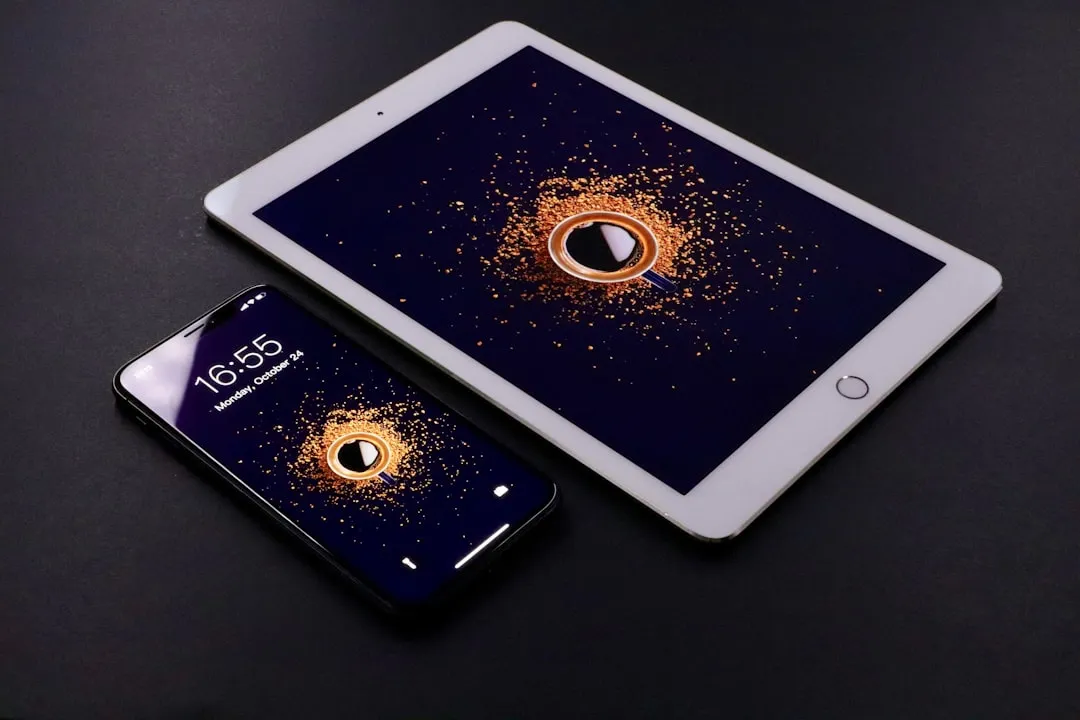
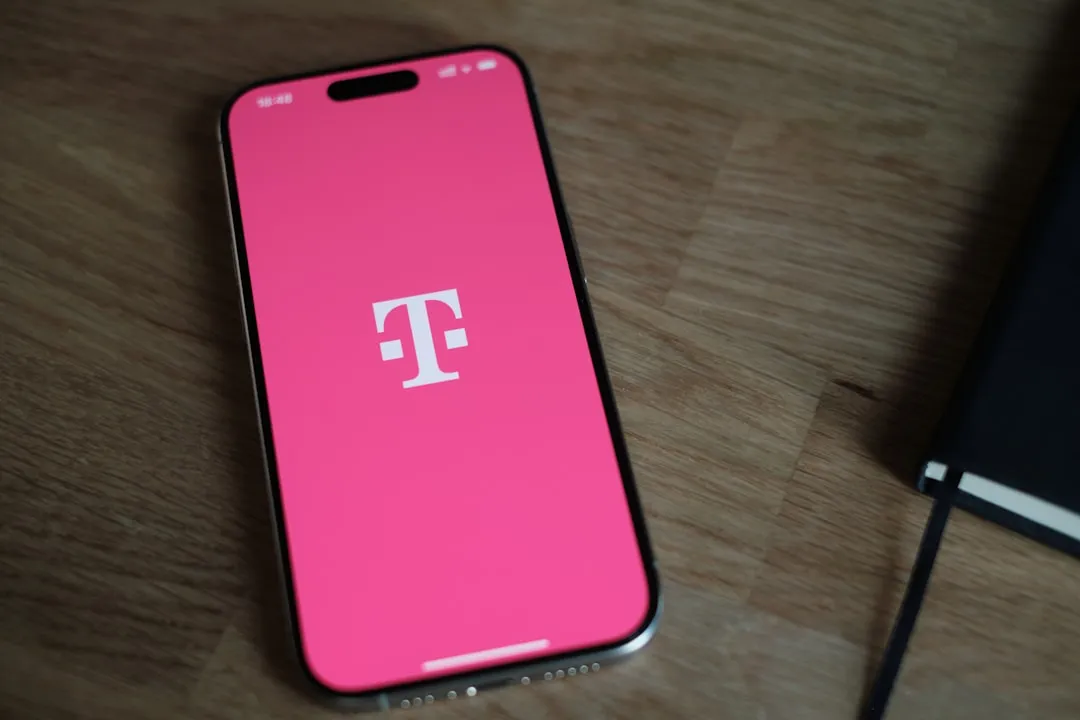

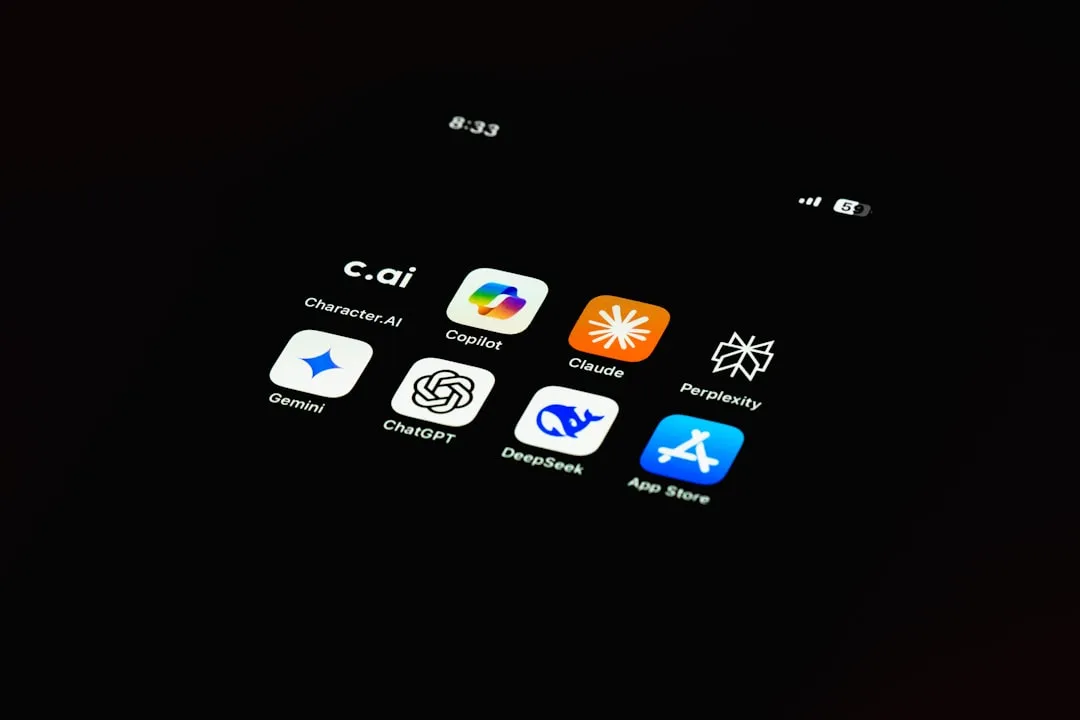





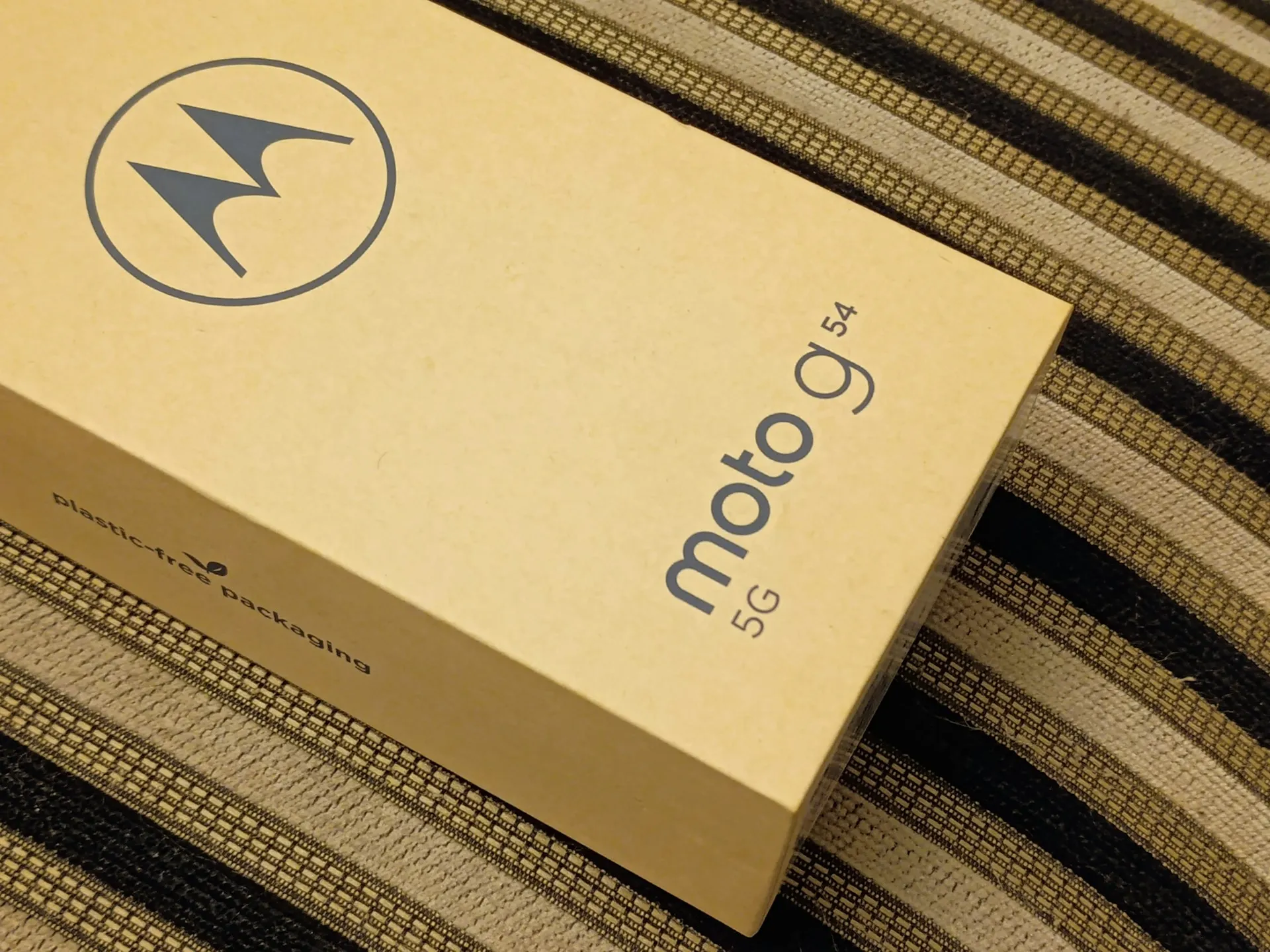

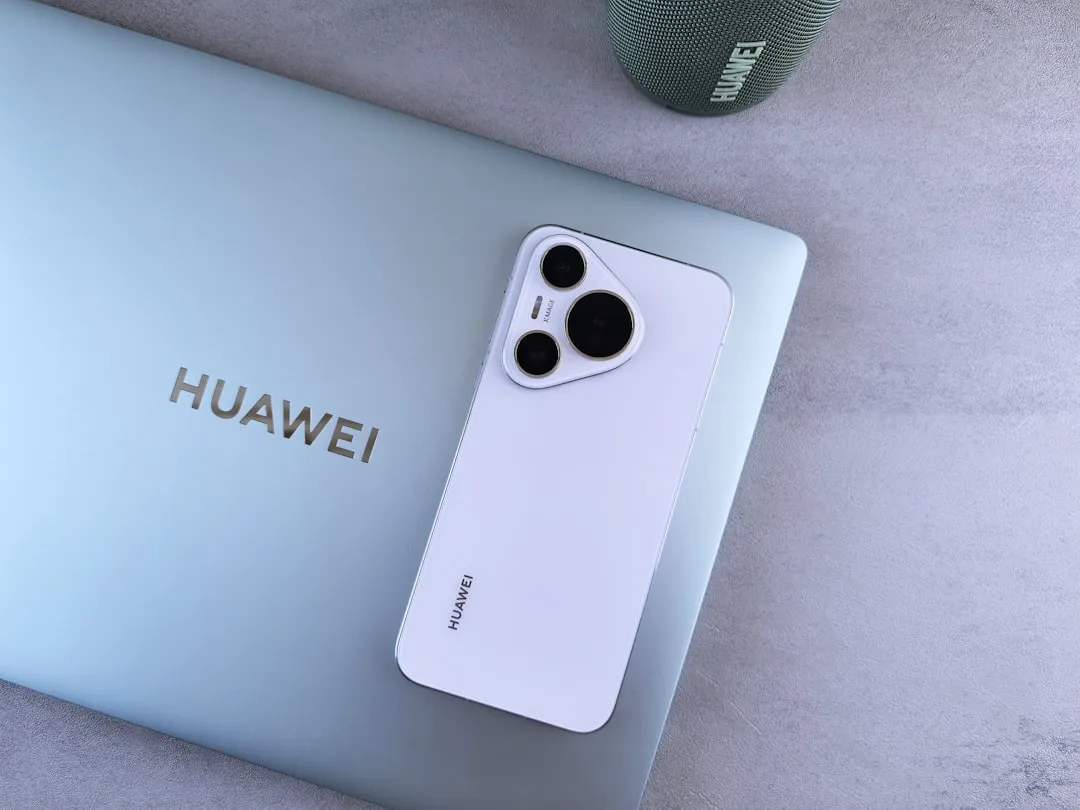

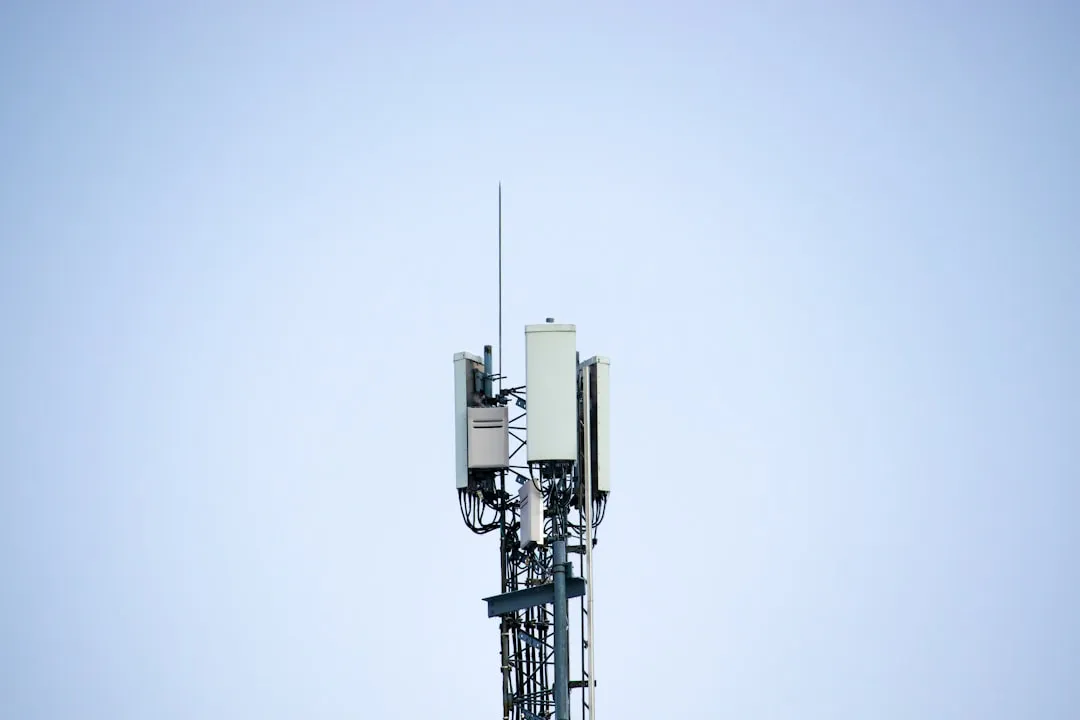


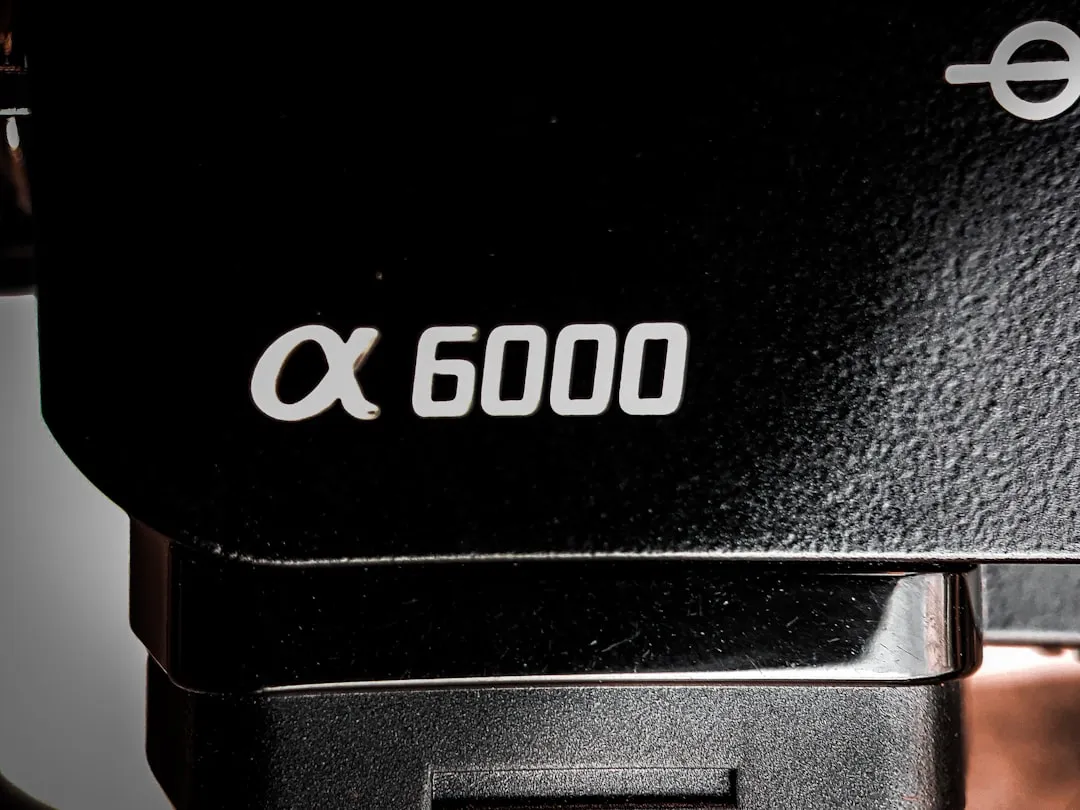
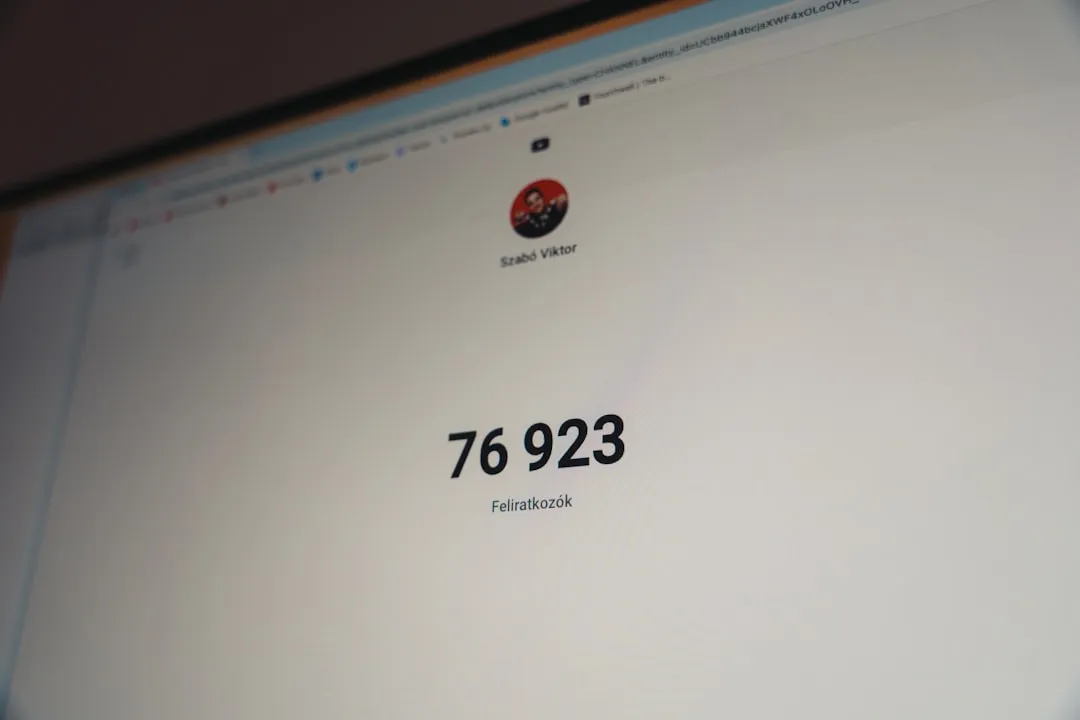
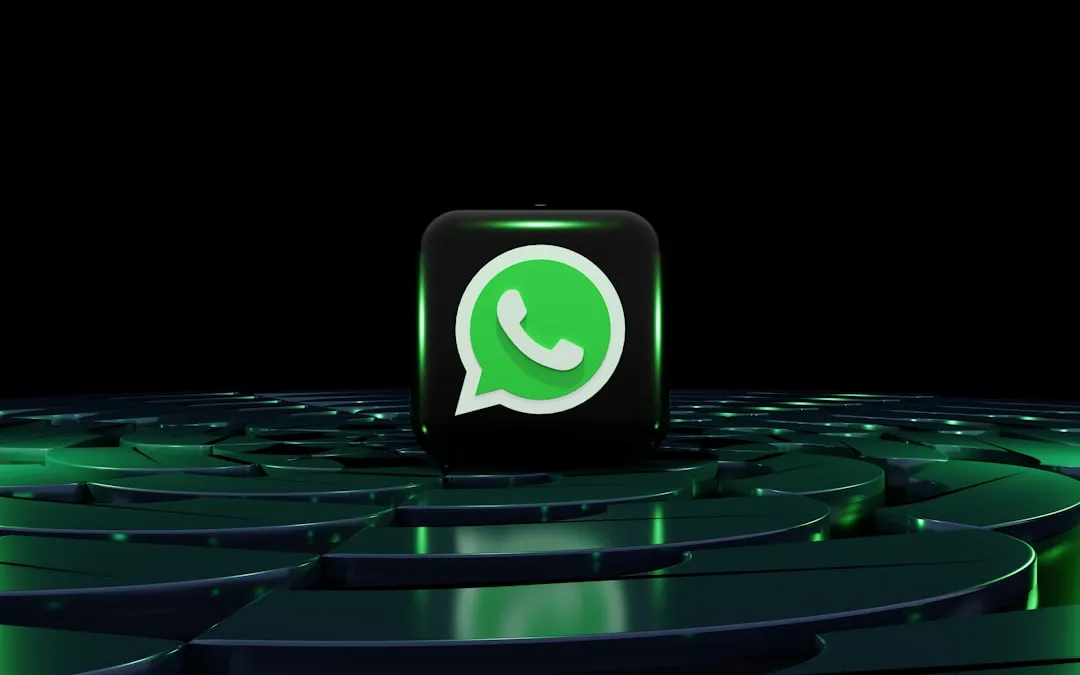
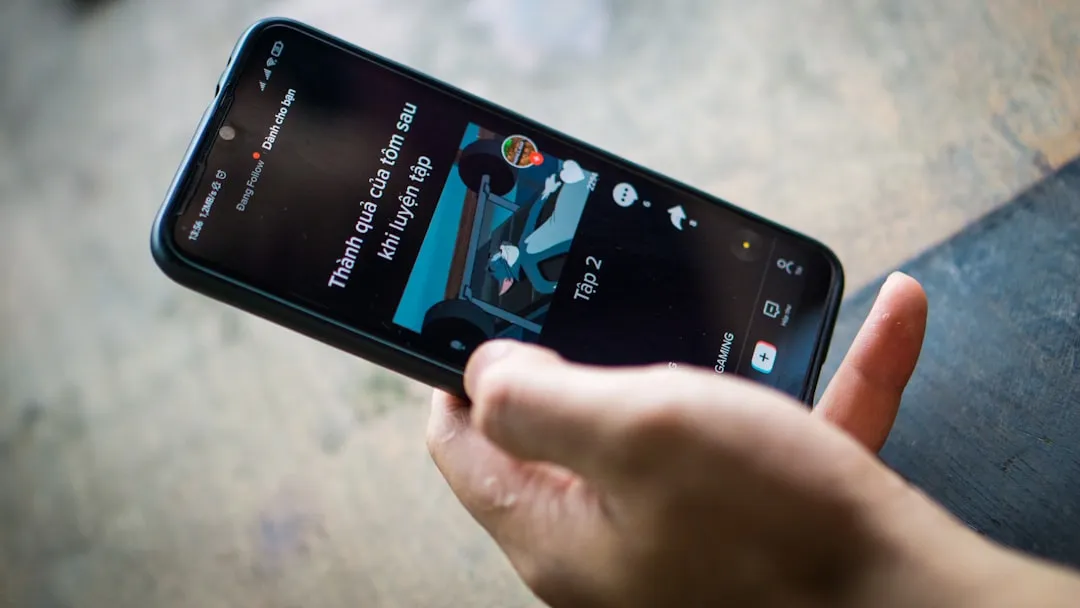
Comments
Be the first, drop a comment!